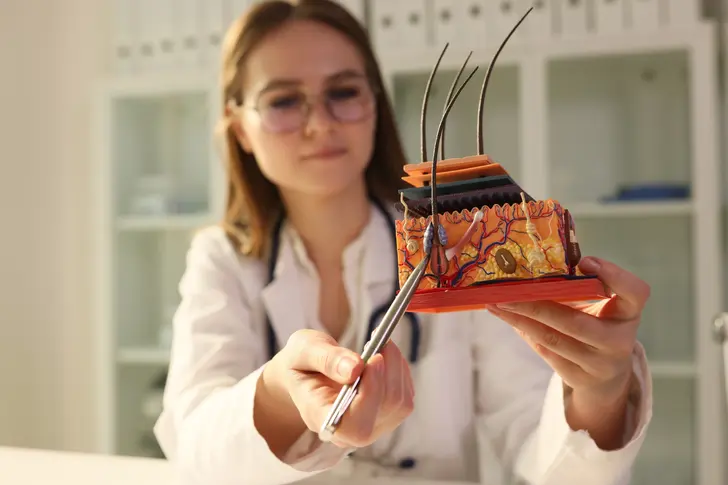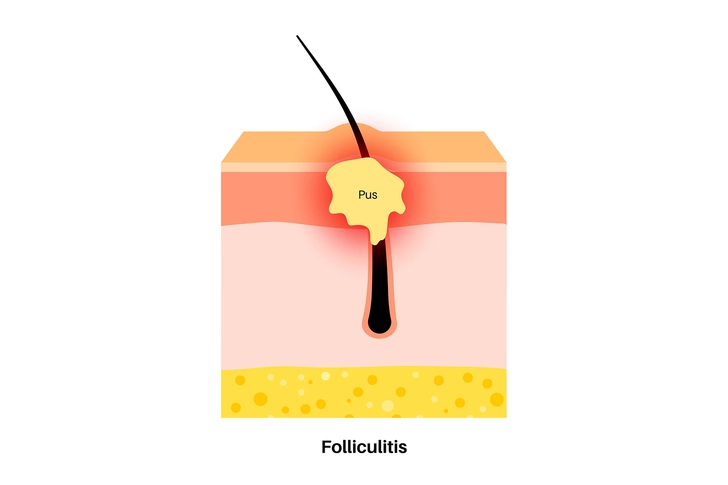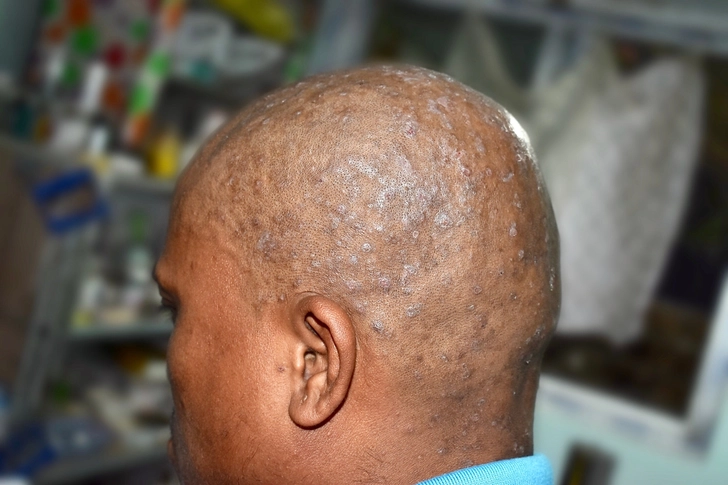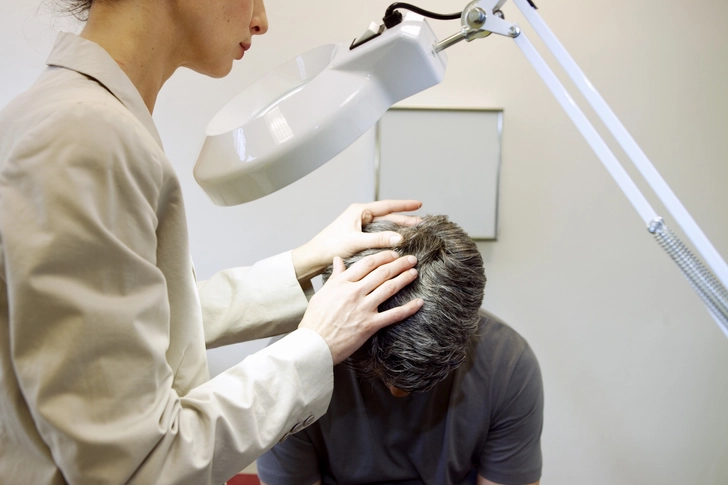Can Infections Cause Hair Loss?


Infectious Agents
Your genes, hormone changes, and aging are the most common causes of hair loss. But some infections and infection-related conditions can also leave you with bald patches or thinning strands. Most of the time, your hair will grow back after the infection heals. Sometimes, though, an infection can lead to permanent hair loss. Knowing the causes can help you seek the right treatment and prevent further damage.

Ringworm: Contagious and Itchy
Ringworm is a fungal infection causing round bald spots that are scaly, red, and itchy, and may be accompanied by a fever. The more the infection spreads, the bigger the bald spot will get. If left untreated, ringworm can cause permanent bald spots. It's highly contagious, especially among children. Treatment involves antifungal medications and medicated shampoos.

Folliculitis: Inflamed Hair Follicles
Folliculitis is an infection of injured hair follicles, from activities such as shaving. It appears as pimple-like sores and itching. While many cases are mild, serious infections can damage follicles and cause permanent hair loss. Treatment may include antibiotics or antifungal treatments.

Seborrheic Dermatitis: Itchy and Flaky Scalp
Seborrheic dermatitis, linked to yeast fungus rather than infection, causes skin irritation and temporary hair loss around oily parts of your body. Symptoms include itchy, flaky scalp. Treatment typically involves medicated shampoos and topical treatments.

Piedra: Hard Nodules on Hair
Piedra is a rare fungal infection affecting the hair shaft, resulting in hard nodules. Though often asymptomatic, it can weaken hair and cause breakage. Treatment includes shaving the hair and antifungal medications.

Diagnosis and Treatment: Early Intervention
Early diagnosis and treatment are crucial for infections causing hair loss. Consult a health care provider for testing and tailored treatment options. Timely medical intervention can prevent permanent hair loss.
PHOTO CREDITS:
Slide 1 - megaflopp / Shutterstock
Slide 2 - Andrei Dubadzel / Shutterstock
Slide 3 - Pikovit / Shutterstock
Slide 4 - Zay Nyi Nyi / Shutterstock
Slide 5 - Soloviova Liudmyla / Shutterstock
Slide 6 - Image Point Fr / Shutterstock
SOURCES:
National Center for Biotechnology Information: "What You Need to Know About Infectious Disease," "Nodules on the Hair: A Rare Case of Mixed Piedra," "Black Piedra."
NYU Langone Health: “Types of Hair Loss.”
Mayo Clinic: “Hair Loss,” "Seborrheic Dermatitis," "Folliculitis."
Cleveland Clinic: “Seborrheic Dermatitis,” “Folliculitis Decalvans,” “Tinea Capitis," "Ringworm."
Mount Sinai: "Folliculitis."
UCF Health: “Seborrheic Dermatitis and the Link to Hair Loss.”
UpToDate: "Piedra.”